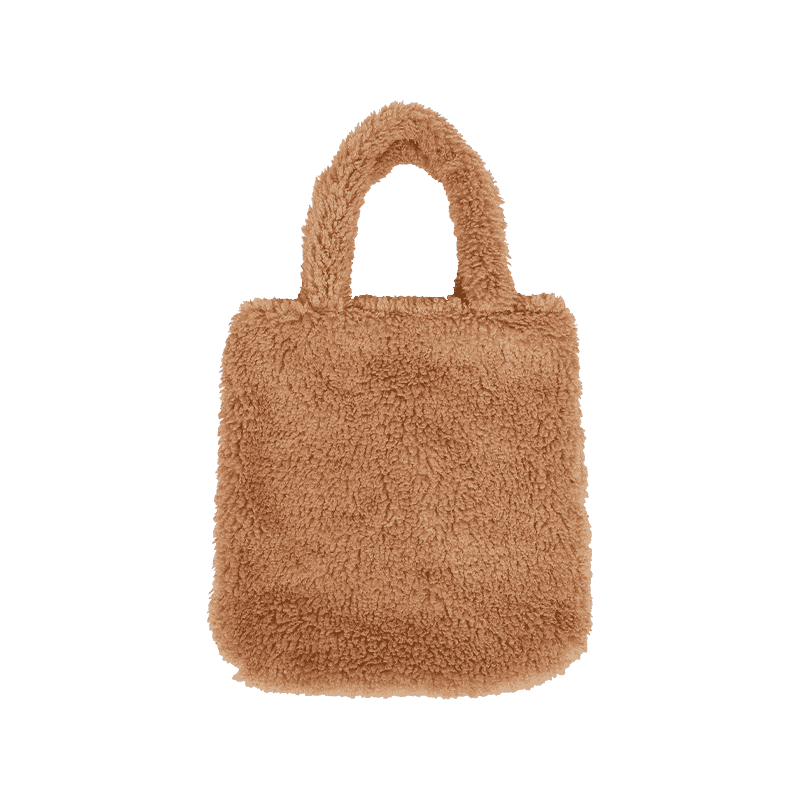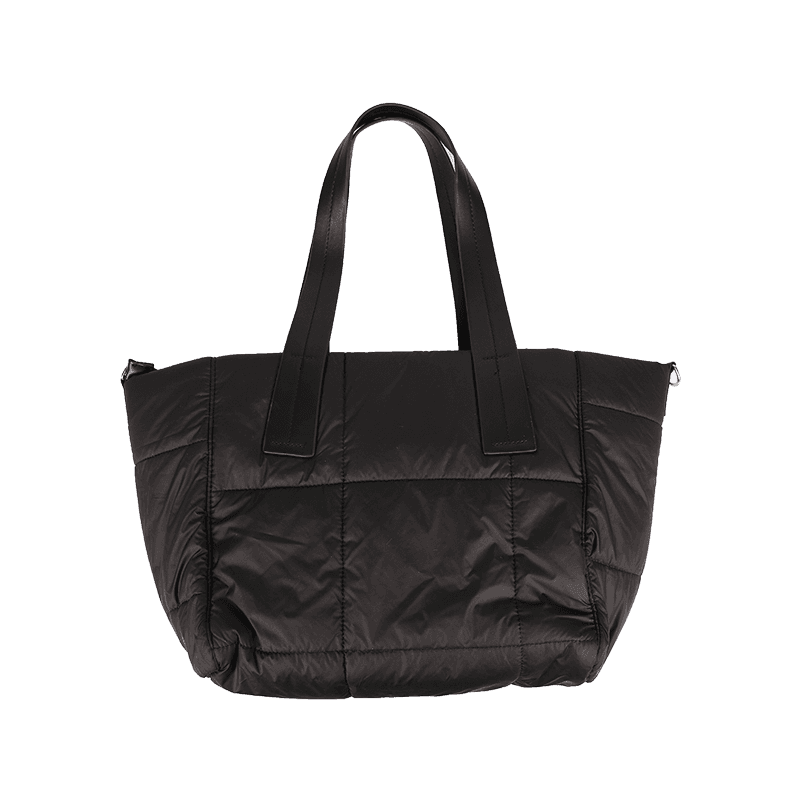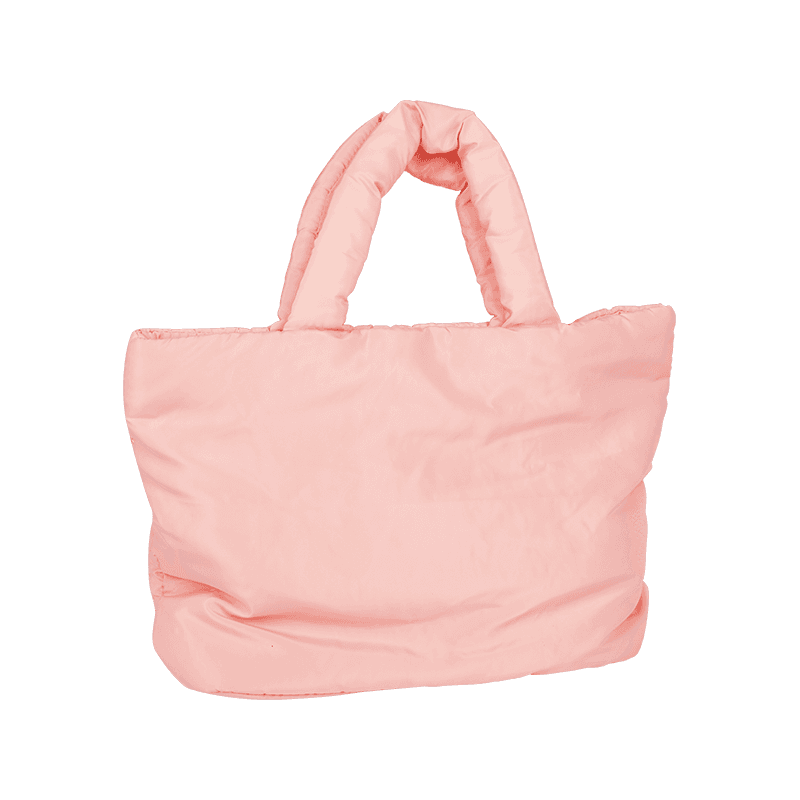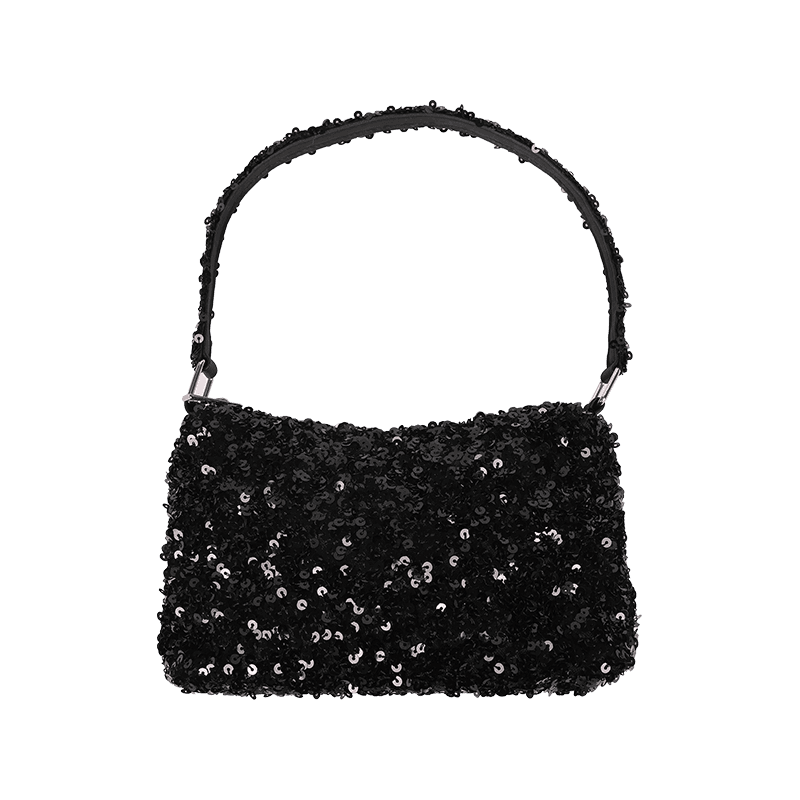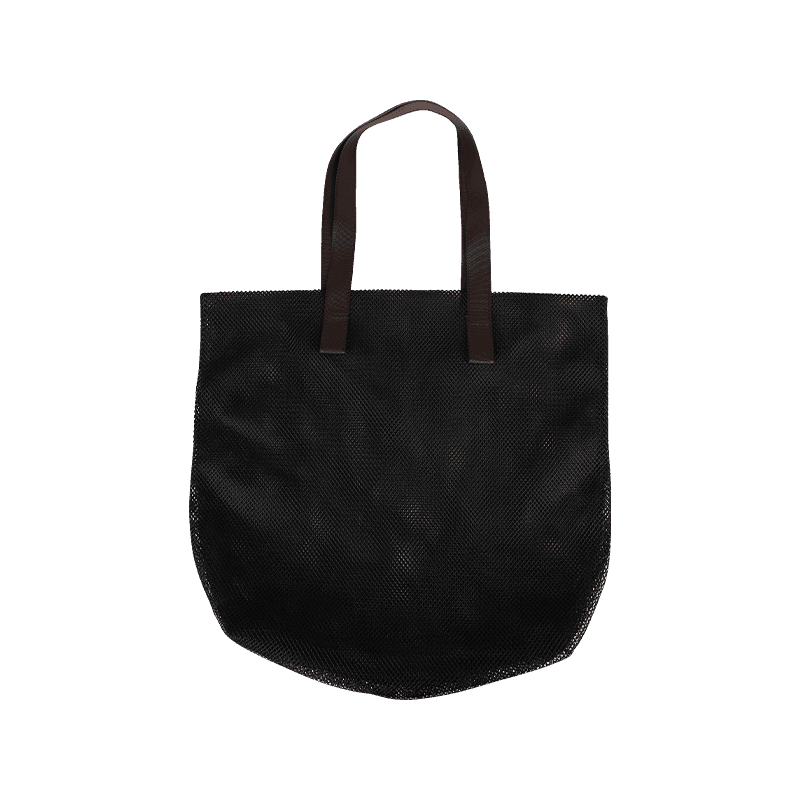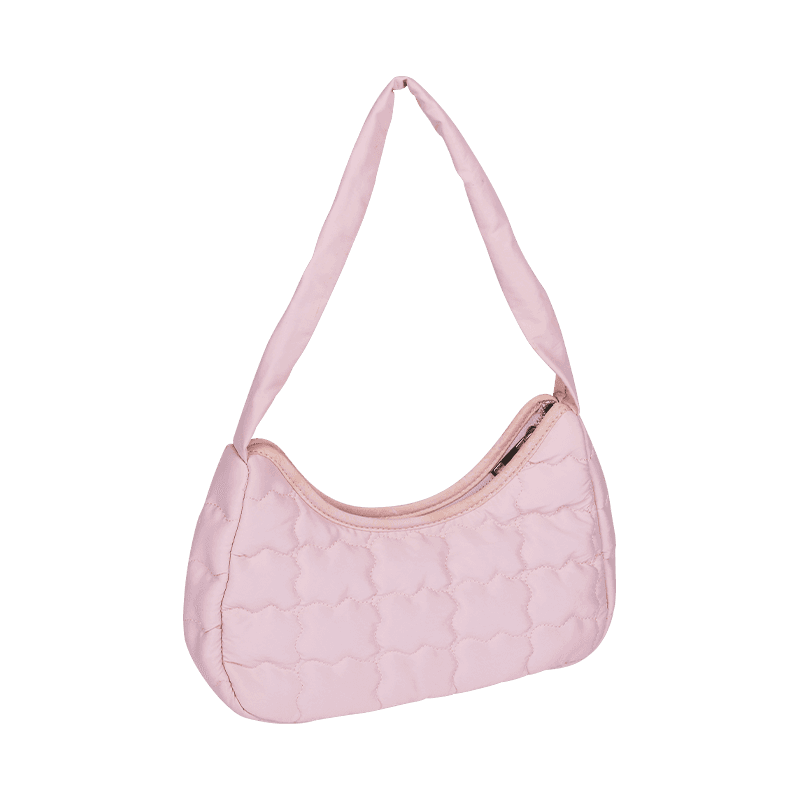A handbag or backpack is much more than a simple accessory. A truly quality bag is an investment that blends style, durability, and practicality. With countless options on the market, understanding what defines a high-quality bag can save you from costly mistakes and ensure that your bag serves you well for years. This guide explores the essential factors to consider when selecting quality bags, including materials, craftsmanship, and design.
Materials Matter
The foundation of any quality bag is the material used in its production. High-grade materials ensure longevity, resilience, and a polished appearance. Full-grain leather, known for its natural texture and durability, is often the choice for premium handbags. Unlike lower-quality leathers, full-grain leather develops a rich patina over time, enhancing its beauty rather than diminishing it. For casual or travel bags, high-quality canvas offers strength without adding unnecessary weight. Modern synthetic fabrics designed to mimic leather or canvas can also deliver excellent durability while remaining lightweight. Choosing the right material is the first step in identifying quality bags that will retain their elegance and functionality for years.
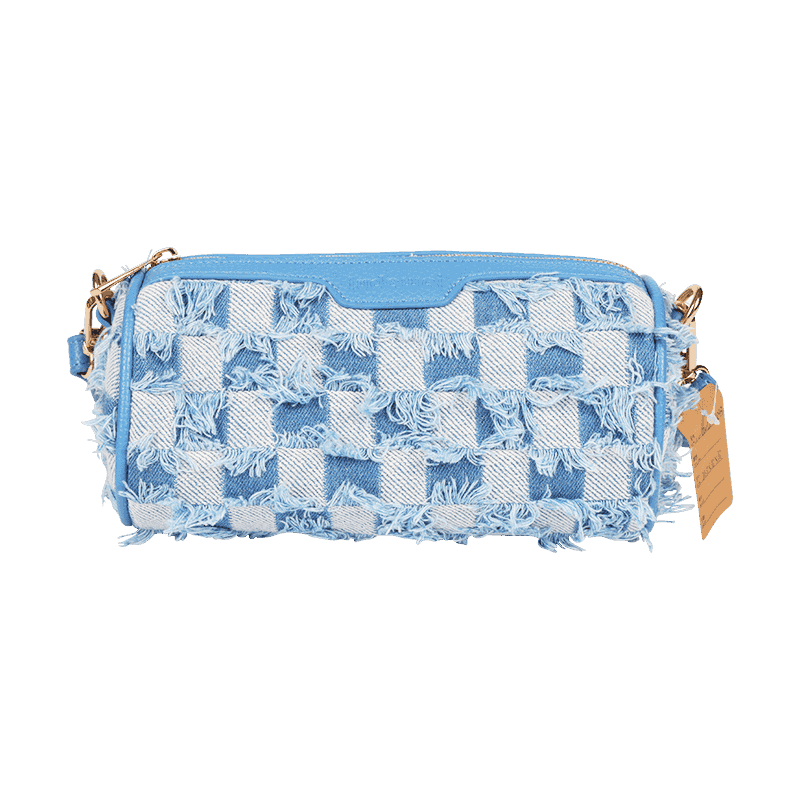
Craftsmanship is Key
Materials alone do not guarantee a high-quality product. Craftsmanship is equally vital in defining quality bags. Precision stitching, reinforced seams, and smooth hardware are clear indicators of careful manufacturing. For instance, sturdy zippers, solid buckles, and durable rivets prevent common problems such as tearing or breakage. A well-constructed, quality bag should maintain its shape even after prolonged use, showing that attention has been paid to both form and function. Many reputable manufacturers follow rigorous quality control processes, testing bags under real-life conditions to ensure that every quality bag meets high standards.
Timeless Design
Design plays a crucial role in distinguishing quality bags from ordinary ones. A timeless design balances style and practicality. Classic silhouettes, versatile colors, and thoughtful compartments make a bag suitable for a wide range of occasions. A well-designed quality bag offers functionality through multiple pockets, adjustable straps, and easy accessibility, without compromising on aesthetics. Consumers who prioritize timeless design can enjoy their quality bags for years without worrying about trends going out of style.
Practical Considerations
Durability is a hallmark of quality bags, but so is ease of maintenance. A high-quality leather bag, for example, benefits from regular conditioning to prevent drying and cracking, while canvas bags require protection against moisture and stains. A quality bag that is easy to maintain encourages long-term use and ensures that it continues to look elegant. Considering daily activities such as commuting, travel, or business meetings can help determine which quality bags will perform best for specific needs.
Investing in Quality
Purchasing a quality bag is an investment in both style and utility. While the upfront cost may be higher than mass-produced alternatives, the long-term benefits—durability, aesthetic appeal, and practical features—justify the expenditure. A carefully chosen quality bag becomes a trusted companion, supporting daily life while reflecting personal style. By understanding materials, craftsmanship, and design, consumers can confidently select quality bags that offer excellent value for money and lasting satisfaction.
Quality bags are defined by their materials, craftsmanship, and design. They are investments that combine practicality and elegance, offering functionality without sacrificing style. By carefully evaluating these factors, anyone can identify quality bags that are durable, attractive, and timeless. Whether used for work, travel, or special occasions, a quality bag is more than an accessory—it is a reliable and stylish companion that enhances daily life.

 English
English Español
Español